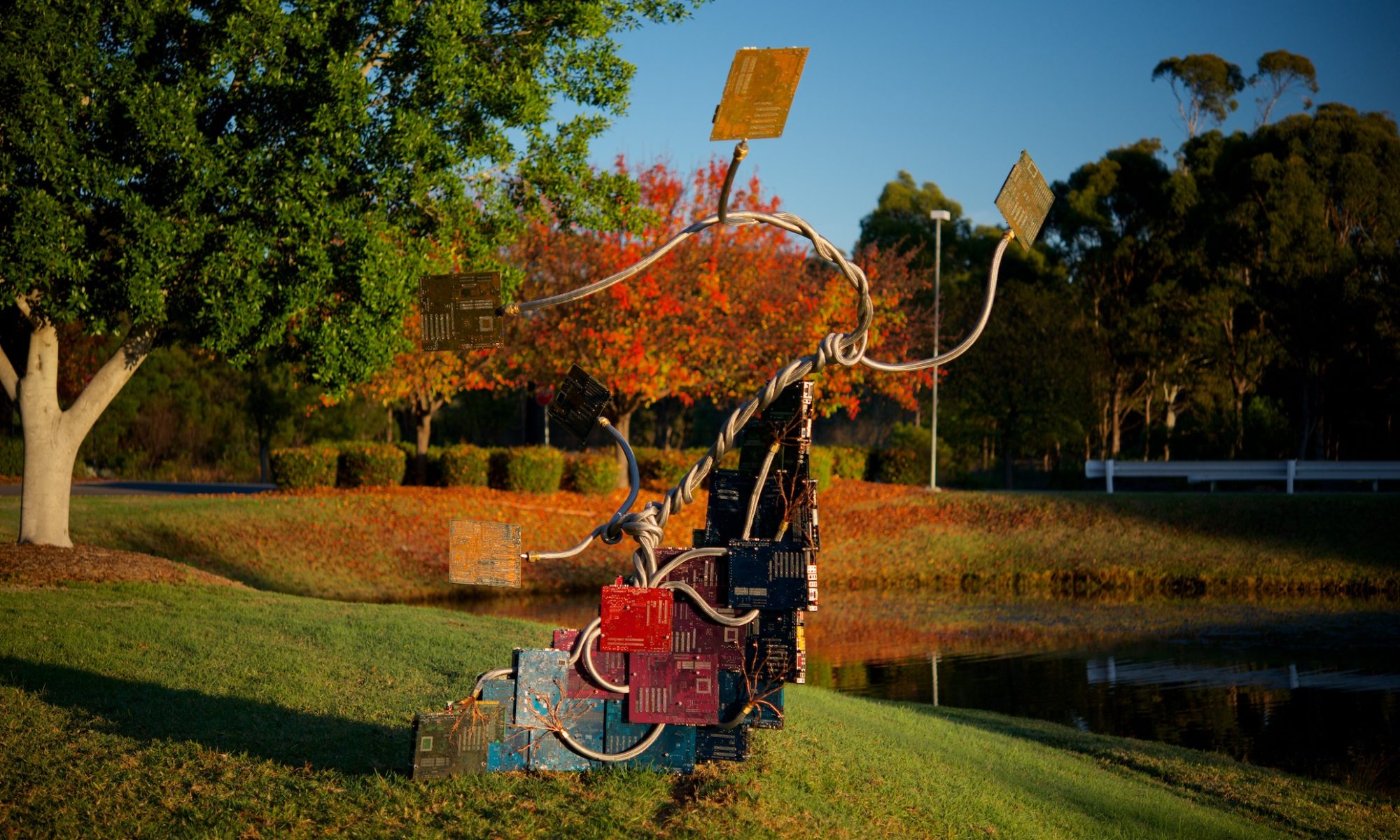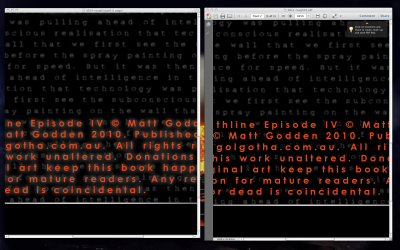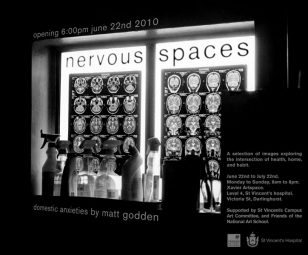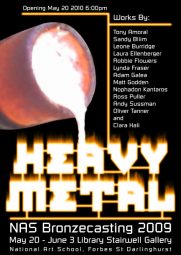Evergreen stalwarts of mediocrity, Adobe are crying to momma because big bad apple won’t let them play in Apple’s sandpit:
“without Flash support, iPad users will not be able to access the full range of web content, including over 70% of games and 75% of video on the web.”
As usual, Adobe have got it completely ass-backwards. Noone buys a Flash device. They buy an iPod, an iPhone or now an iPad, and they do it in ridiculous numbers. Flash not being on Apple’s devices has done exactly zero to harm sales and popularity of the device, and zero to harm the popularity and usable integrity of the platform.
Adobe’s statement would be better phrased as:
without iPhone OS suport, Flash developers and website designers will be unable to target the 100% of iPhone OS users, who represent the most financially lucrative consumer demographic. That’s why we’re falling over ourselves to salvage something with vapourware mutterings about CS5 producing “real” iPhone apps.
Oh, and while we’re talking about all those “great” flash sites, lets remember that when YouTube was faced with the opportunity of the iPhone, they went and rebuilt their entire system in h.264, and are now migrating to HTML5, Vimeo are going to HTML5, Zero Punctuation one of the web’s most popular video shows, has gone to h.264 (and the files are now about half the size of the Flash versions).
Cast your mind back to the start of the iPod, when everyone was declaring iPods to be the devil’s own product, and doomed to fail because it didn’t support .wma or .wmv or playsforsure or whatever Microsoft’s strategy of the nanosecond was. The vast majority of portable audio players supported MS’ formats, so all those poor Apple customers were being “locked out” of the “majority” of content.
Yeah, how did that work out? Anyone recall? Oh wait, Apple gouged out Microsoft’s brains and violated the corpse before playsforsure got knifed by Microsoft in favour of their next failsforsure effort, Zune.
If you want to be successful in a consumer category, you have to play in Apple’s sandpit, because noone else is capable of delivering a compelling consumer experience. The most hilarious, or perhaps pitiful aspect of this is that this situation isn’t a result of illegal, monopolistic or anti-competitive tactics by Apple, it’s just that almost everyone in the consumer electronics business actively sucks at the job in comparison.
Apple offers a manicured sandpit, your other options are craters of turned earth. Where do you want to play?
 My new studio at NAS. I’ve set up a few studios over time, but this is possibly the most hardcore functional space I’ve ever had. Close the doors and it’s pitch black. It’s cool even on a hot day, and it’s small enough that I should be able to heat it effectively. It’s got its own water supply, lots of power points, extractor fans, and as you can see, ample bench space.
My new studio at NAS. I’ve set up a few studios over time, but this is possibly the most hardcore functional space I’ve ever had. Close the doors and it’s pitch black. It’s cool even on a hot day, and it’s small enough that I should be able to heat it effectively. It’s got its own water supply, lots of power points, extractor fans, and as you can see, ample bench space.


